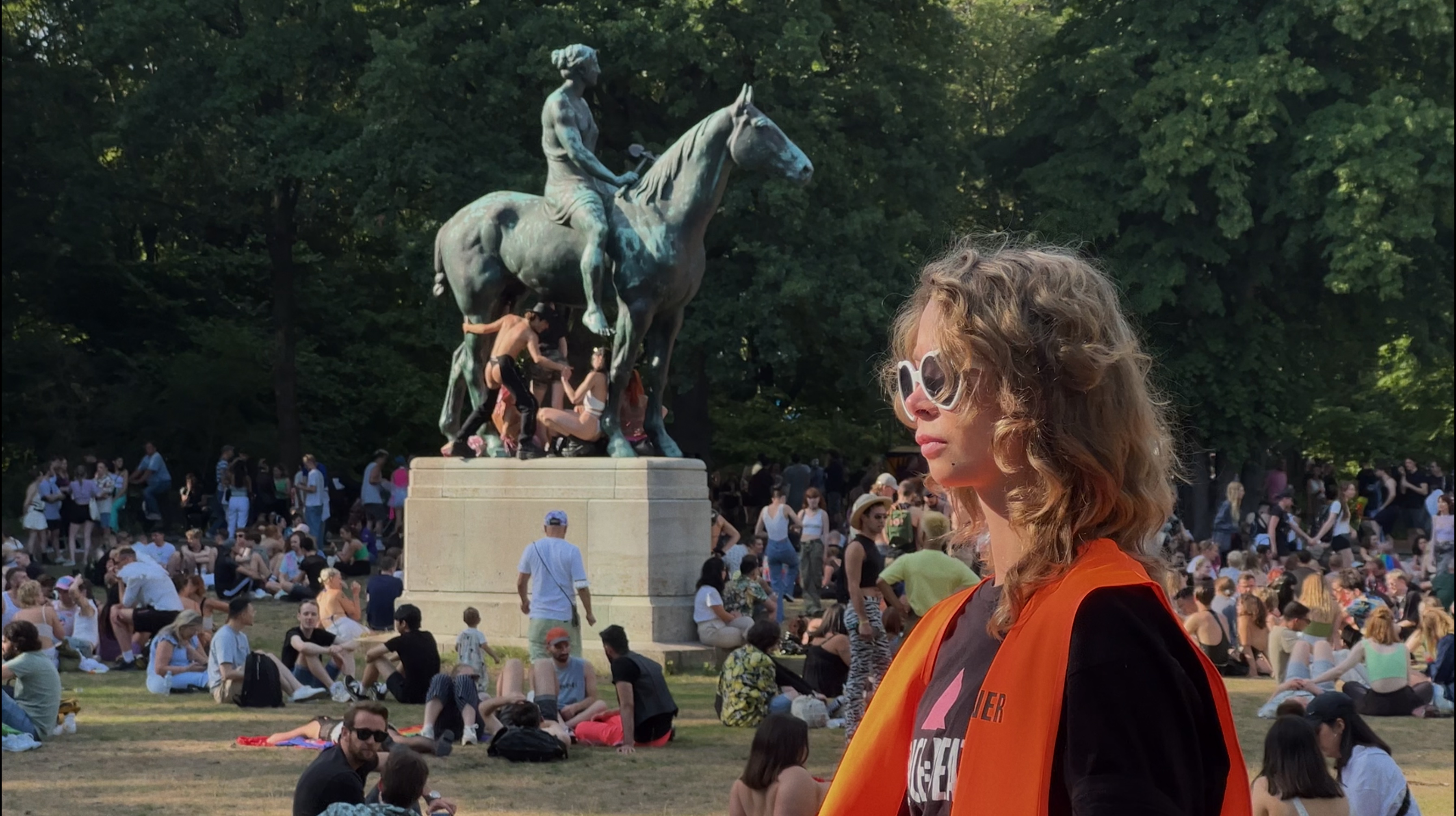
TIERGARTEN, Day for Night, 50 mins, 2024
with
Anastasia Mandel
Elias Johannson
Romina Küper
Simon Frühwirth
Cruising knows many modes of moving through the city: strolling, lingering, loitering and waiting. Silent and vulnerable.
PJ circles "Die Amazone zu Pferd", Lenné tends to the park, Stasi collects bottles at the Pride parade and Arthur broods over his companion device co-working at the Sony Center when he is offered an appointment for a monkeypox vaccination.
An approach to the Tiergarten Berlin as a public space, historical site and queer cruising ground.
Sacrificing intimacy to contain a virus, the fear of symptoms and the politicization of protective measures brought back memories of a fear I thought I only knew from the stories of survivors of the AIDS epidemic.
Trauma also inscribes itself into societal memory. As a queer person, I know that the fight against AIDS and HIV over the decades has become a life with the virus and an ongoing interrogation of our relationship to it.
I took the monkeypox outbreak in Berlin in the summer of 2022 as an opportunity to realize a project that negotiates cruising as a social, radical practice of queer communities in urban space and as a way of dealing with these generational traumas.
As an artistic strategy, cruising allows us to question the camera's presence at the scene, the perspective of the actors in the filmic representation and possibly even the perspective of the audience itself.
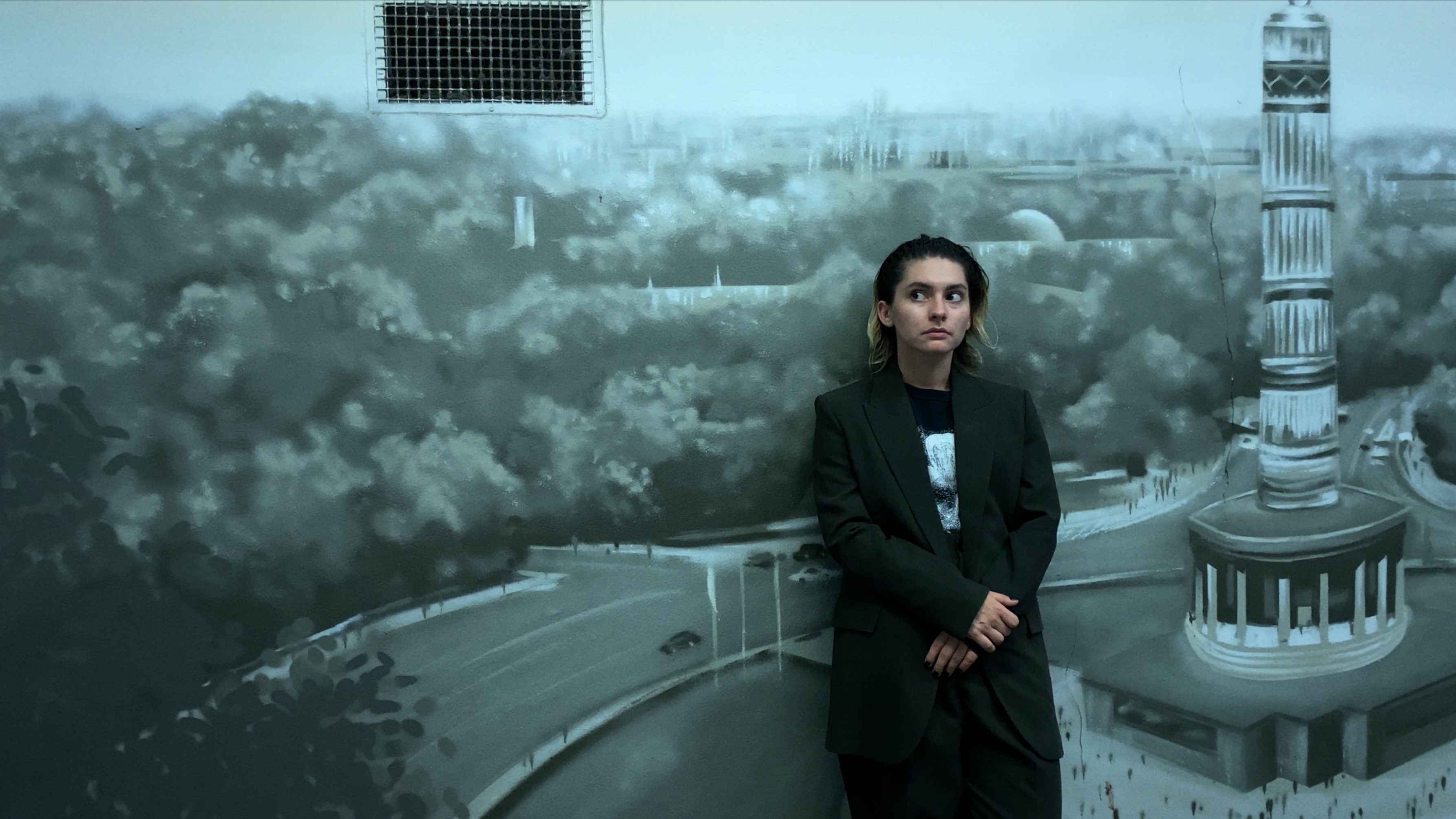
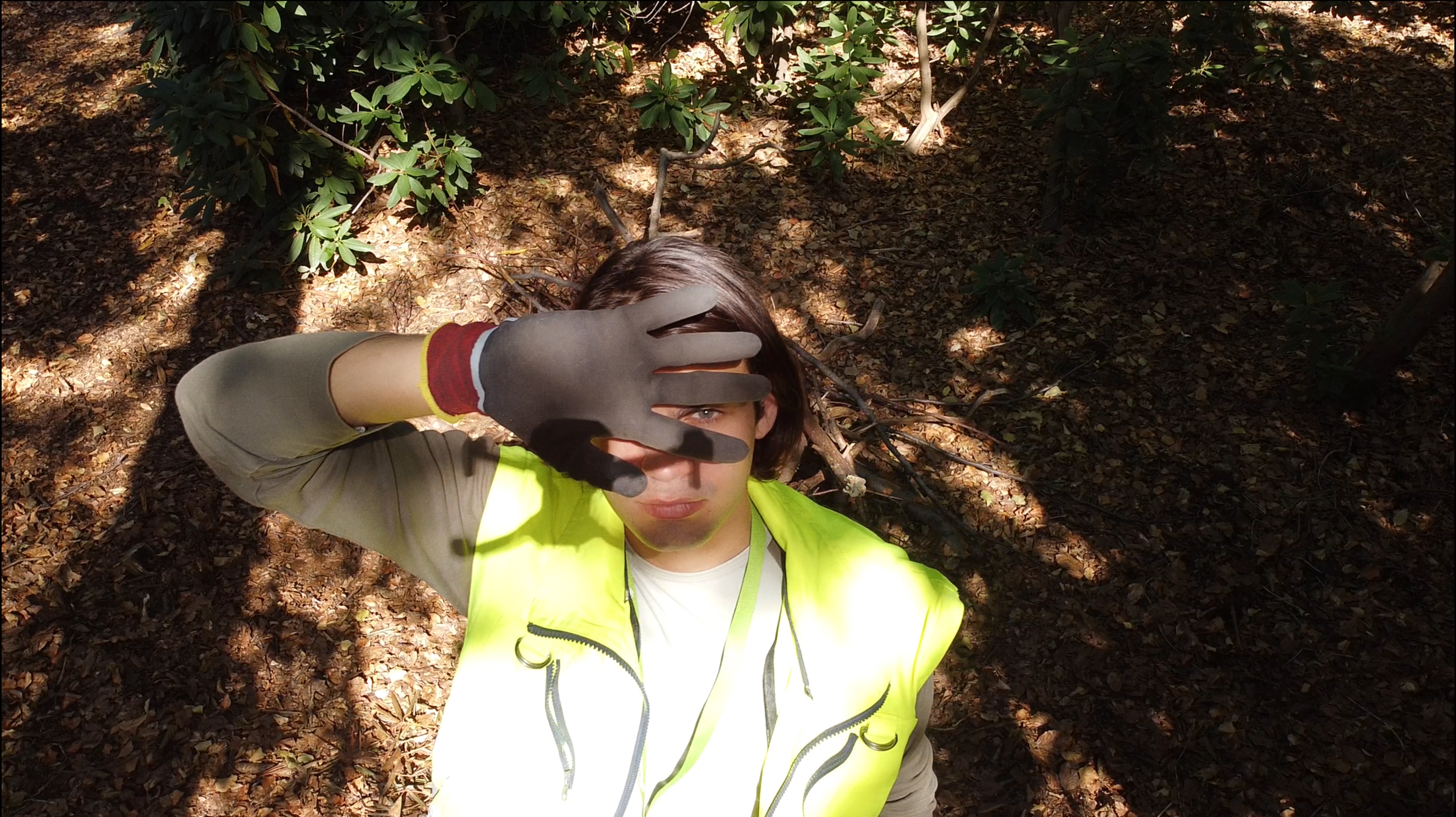
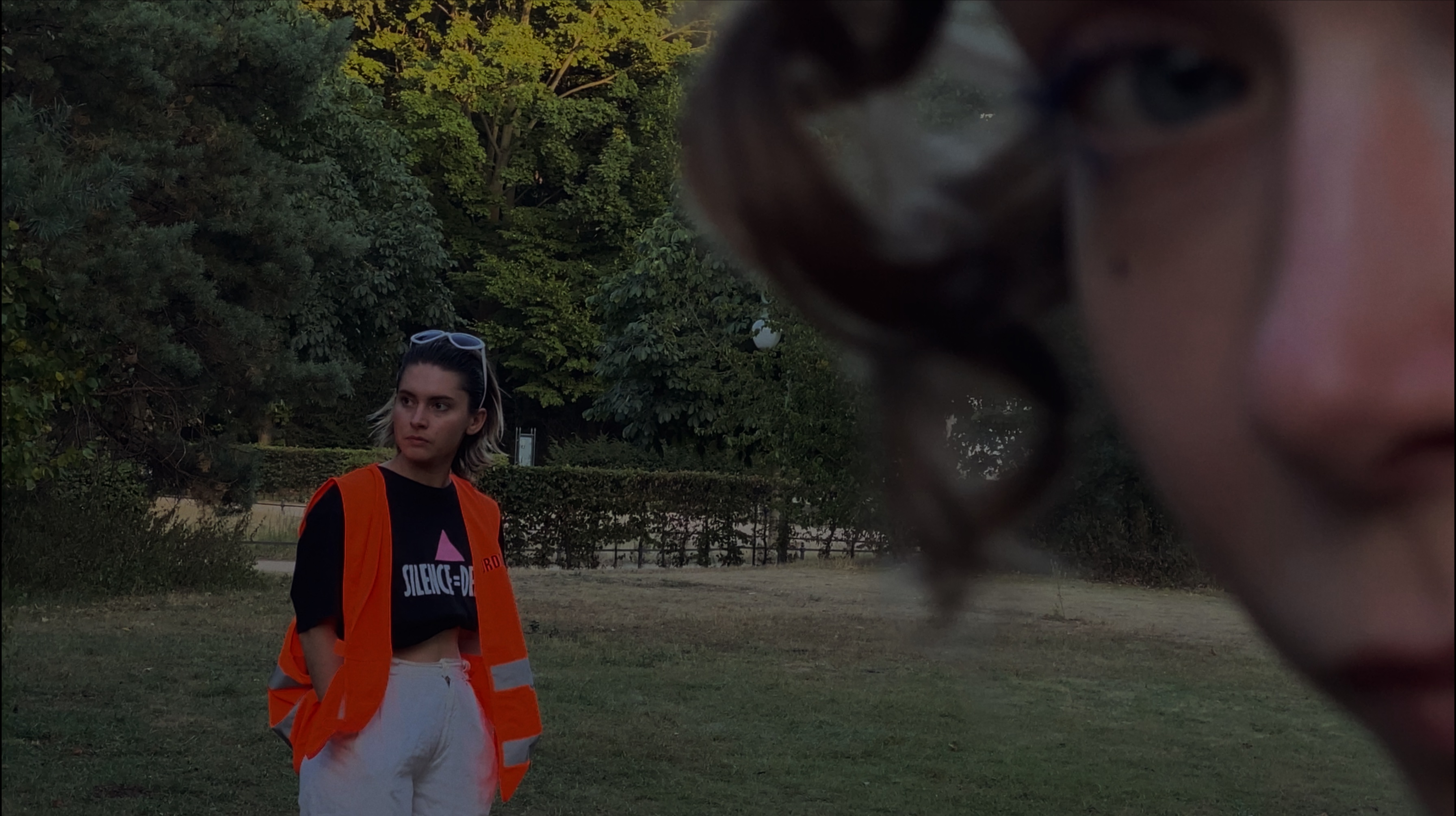

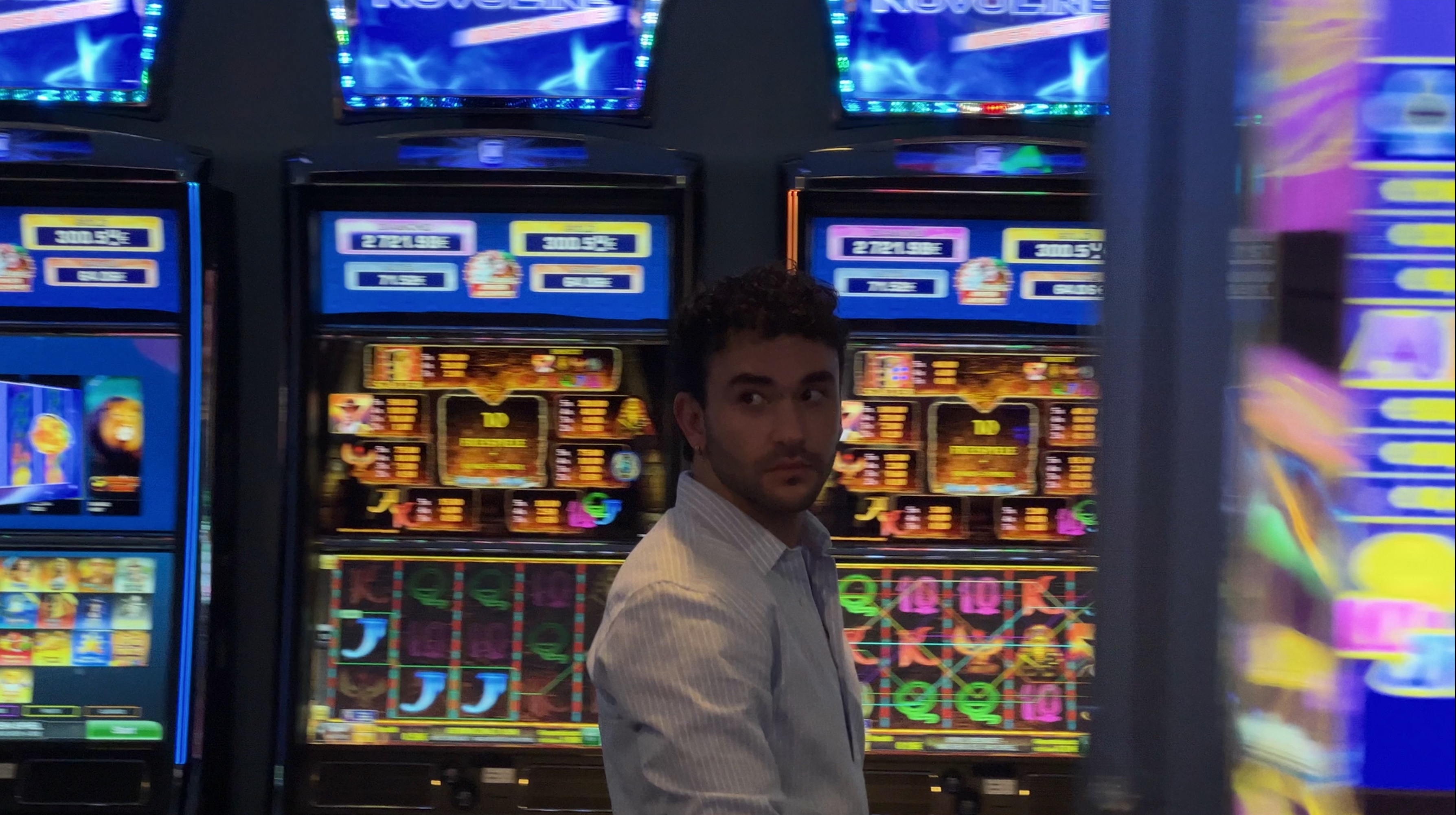

TIERGARTEN, Day for Night, 50 mins, 2024
with
Anastasia Mandel
Elias Johannson
Romina Küper
Simon Frühwirth
Cruising knows many modes of moving through the city: strolling, lingering, loitering and waiting. Silent and vulnerable.
PJ circles "Die Amazone zu Pferd", Lenné tends to the park, Stasi collects bottles at the Pride parade and Arthur broods over his companion device co-working at the Sony Center when he is offered an appointment for a monkeypox vaccination.
An approach to the Tiergarten Berlin as a public space, historical site and queer cruising ground.
Sacrificing intimacy to contain a virus, the fear of symptoms and the politicization of protective measures brought back memories of a fear I thought I only knew from the stories of survivors of the AIDS epidemic.
Trauma also inscribes itself into societal memory. As a queer person, I know that the fight against AIDS and HIV over the decades has become a life with the virus and an ongoing interrogation of our relationship to it.
I took the monkeypox outbreak in Berlin in the summer of 2022 as an opportunity to realize a project that negotiates cruising as a social, radical practice of queer communities in urban space and as a way of dealing with these generational traumas.
As an artistic strategy, cruising allows us to question the camera's presence at the scene, the perspective of the actors in the filmic representation and possibly even the perspective of the audience itself.




